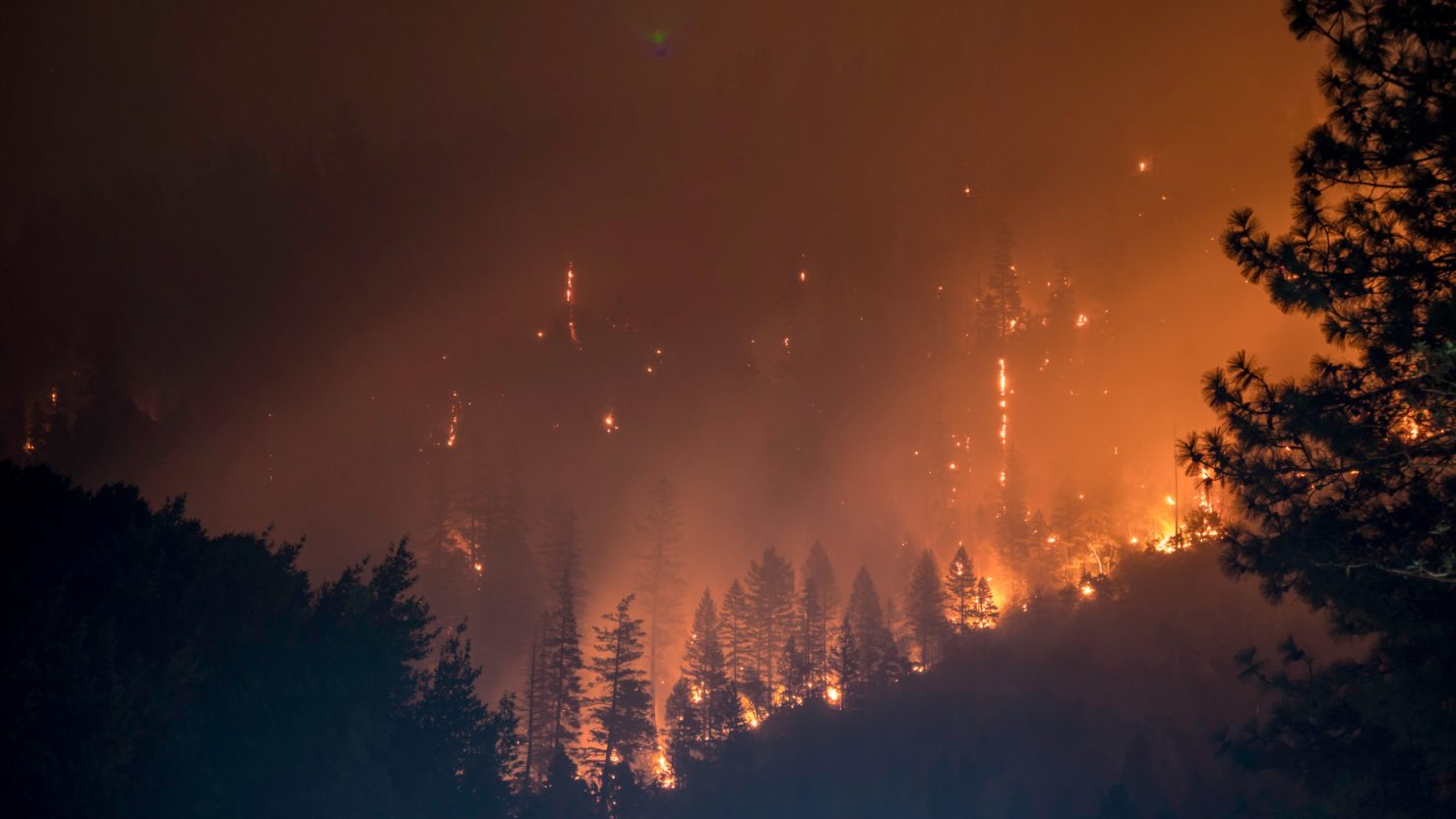This is a guest post from OneLife.
According to scientists, the health effects of forest fires are more serious than previously thought. Particulate matter produced by smoke penetrates deep into our lungs and can cause severe damage to them. The smallest particulate matter is so fine that it can even reach our bloodstream. Using an air purifier for smoke can help prevent these problems.
Four Myths About Wildfires
Myth 1: Wildfire smoke is only dangerous when you are really close to it
Fact: The smallest particles travel enter your bloodstream and can reach your brain. It is worse than chain smoking when you are close to it but it is still devastating when you are not
Myth 2: You’re only in danger if you can see and smell wildfire smoke
Fact: Wildfire smoke is still dangerous even if you’re so far away you can’t see or smell anything
Myth 3: You are safe from the smoke indoors
Fact: The smallest particles come inside your home where the lack of ventilation and fresh air increases their concentration, sometimes to higher levels than outdoors
Myth 4: The danger ends when the fire’s over
Fact: Smoke from forest fires can remain in the atmosphere for several weeks and become up to four times more toxic as it spreads
Wildfire facts you need to know
About 80 percent of the smoke from wildfires is made of fine particulate matter (PM2,5) composed of solid and liquid droplets from burned material.
Small particles penetrate the lungs and lead to respiratory illnesses. Particles of 2.5 microns in diameter or less are more dangerous than larger particulate matter because they can pass into the bloodstream.
Smoke from forest fires becomes more toxic with time.
While the smoke particles are in the air, they react chemically with trace radicals — molecules with unpaired electrons — and undergo a process called oxidation. This converts the compounds in the smoke particles into highly reactive compounds. When inhaled, these reactive compounds — called free radicals — can damage cells and tissues in the body even hundreds of kilometers away.

Smoke particles can remain suspended even if the air clears.
According to Professor Nikos Thomaidis of analytical chemistry at Athens University, “The particles will remain suspended due to the winds, even if the atmosphere clears for a while.”
Pollution levels from wildfires in California can be on par with bad air days in megacities like Beijing or Mumbai.
The concentrations of pollution in communities downwind of these fires are on par with what we see in rapidly growing cities such as Mumbai and Beijing. But there is an important difference. In California these pollutants affect a relatively small geographic area, and the affected areas can rapidly shift with changing weather patterns. In locations like Mumbai and Beijing, high concentrations are sustained across the entire region for days or even weeks. Everyone in the community has to endure them, and there is no practical escape. For now though, some Californians are experiencing what it’s like to live in a country without strong air pollution controls.
Smoke particles are smaller than blood cells.
Smoke aerosol is a mixture of solid and liquid particles. The diameter of these particles is 0.1 – 1.0 micrometers. For comparison, red blood cells have a diameter of about 8 micrometers.
Wildfire smoke contains a mix of irritants.
Wildfire smoke often includes: Water vapor, particulates, trace elements, carbon dioxide, carbon monoxide, nitrogen oxides, hydrocarbons, nitrogen oxides (which contribute to elevated ozone levels), and volatile organic compounds (VOCs) including acrolein and formaldehyde, which are dangerous respiratory irritants.
Air quality warnings are a useful tool.
Air quality warnings help you to stay informed during forestland fire outbreaks. Air pollution caused by fires spreads quickly and dramatically impacts air quality, even in locations far from the source of the fire. With air quality alerts from Breezometer, it’s easy to keep up to date with real-time information about fires and changing air quality levels.

An air purifier can help. Here are tips for buying the right one.
- Don’t wait until there’s a fire to buy an air purifier. It’s an important purchase, and you should take your time exploring different products.
- Indoor air purifiers help reduce indoor particle concentrations. But traditional HEPA filters do not filter small enough to remove wildfire smoke particles, so pay attention to the particle size that an air purifier is able to filter.
- Consider a purifier’s noise level and power consumption because it must run 24 hours a day – even overnight – to perform effectively. Quiet air purifiers have a noise level of 22-55 dB.
- Do not buy an air purifier that produces ozone. This will only lead to higher levels of air pollution in the house.
Why you should choose OneLife X: High-Tech Plasma Air Purifier.
- It provides clinical clean air by removing 99.99% of pollutants.
- You don’t need to replace the filter. The OneLife filter just needs a rinse.
- It’s made from renewables like bamboo and recycled PET.
- It has an extremely low power profile, making it absolutely silent.
- It can filter out particles 30x smaller than the common HEPA filters.
Use an air purifier to protect yourself from wildfire smoke.
Smoke consists of toxic substances that can enter the bloodstream through the lungs and cause inflammatory reactions in our bodies. You and your family are vulnerable to wildfire smoke, regardless of where you live. Consider getting an air purifier to keep your family healthy and your home safe.
Want to learn more about the OneLife X: High-Tech Plasma Air Purifier? Explore the Indiegogo campaign today.
Wildfire image by Matt Howard via Unsplash.



